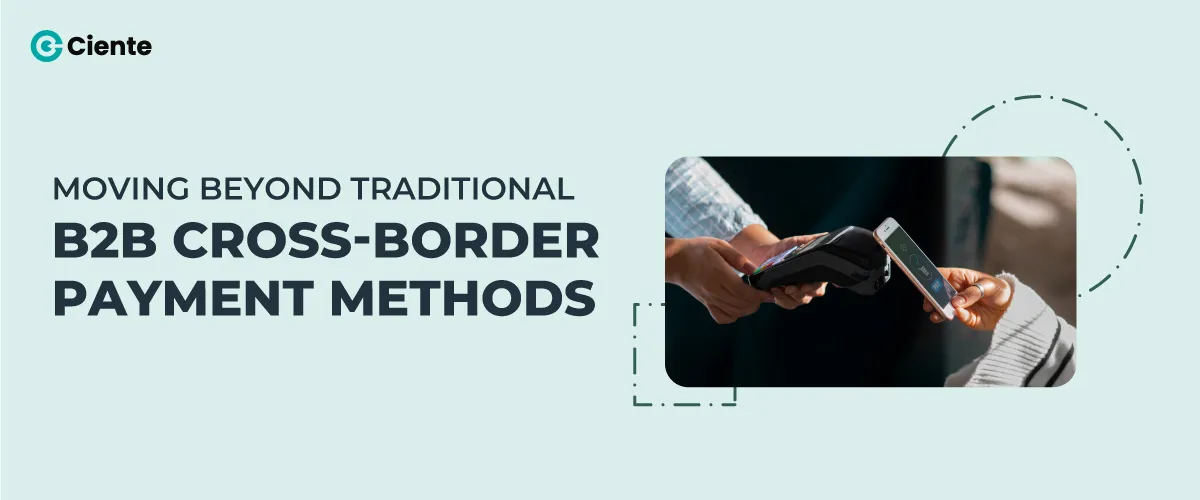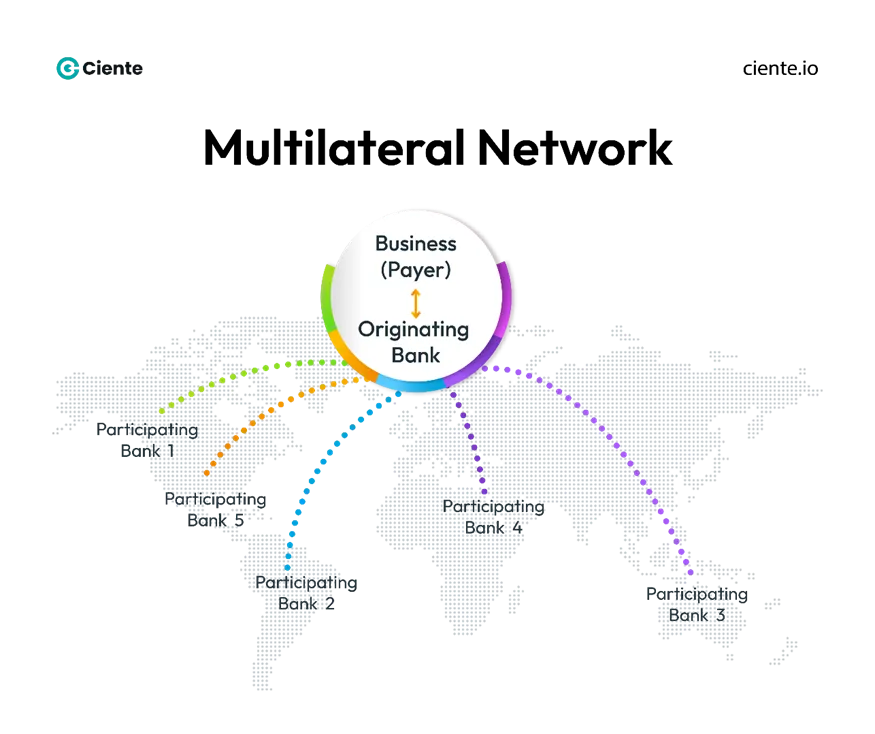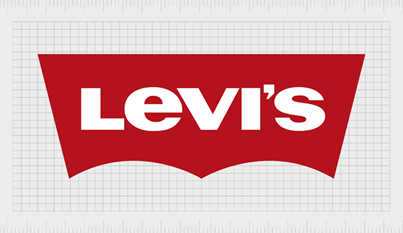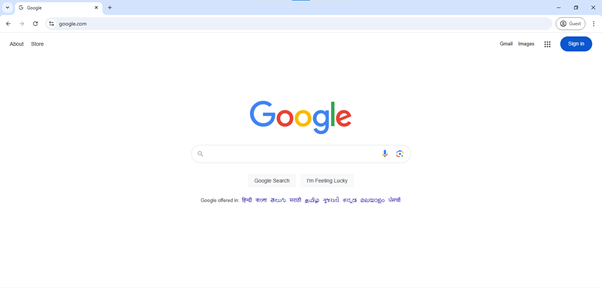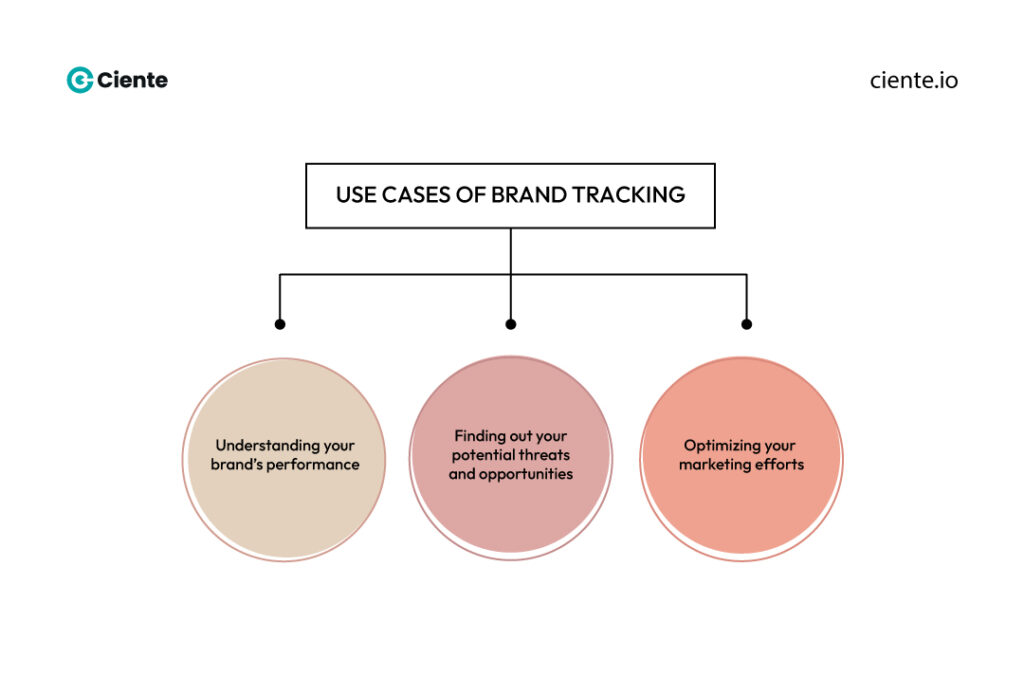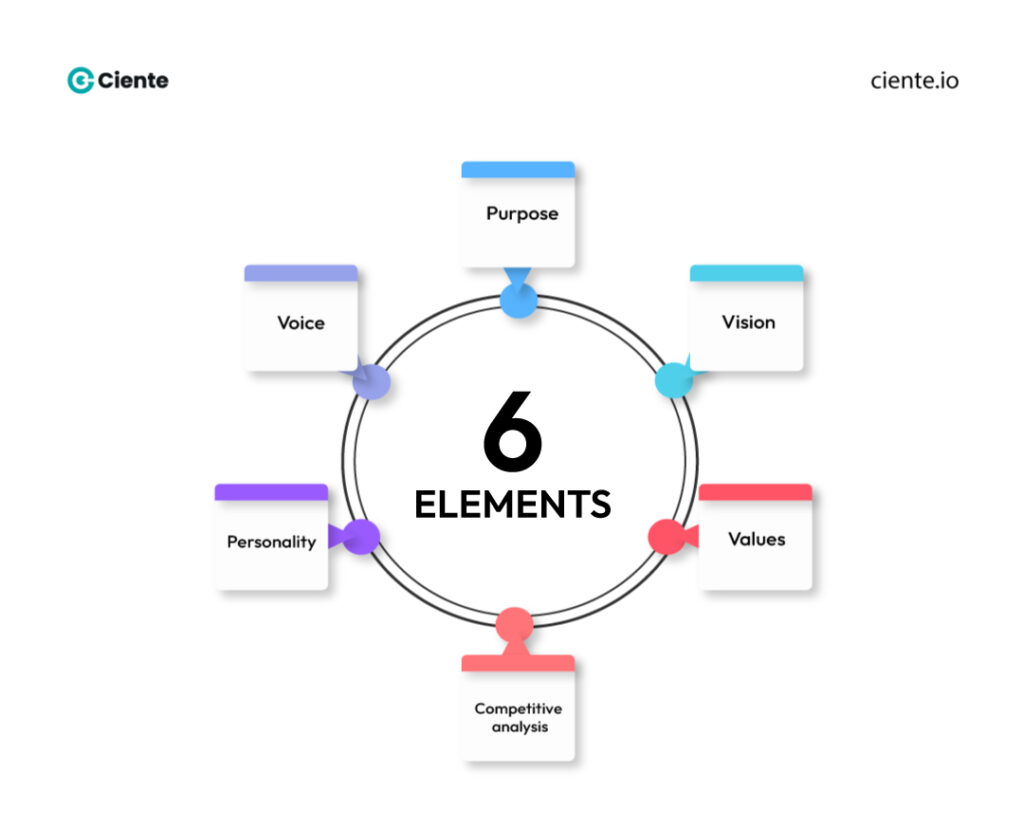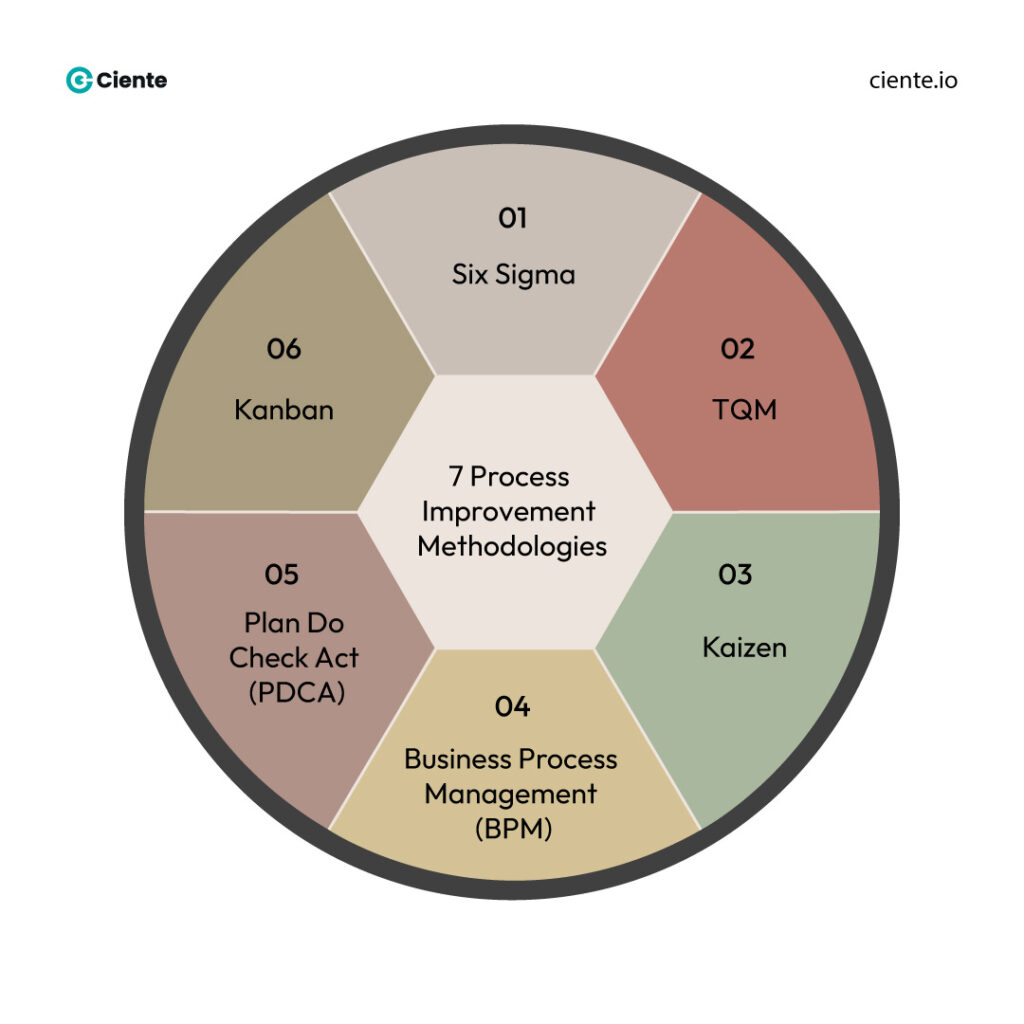The strategic approach to selling: SMBs, SMEs and Enterprise personalization.
Boosting your sales needs you to think from different perspectives. And that is possible when you tailor your selling to different types of business.
Sales is the fabric that holds an organization together. Effective sales bring all efforts to fruition and help a business realize its mission.
There is a single reason companies close their doors: running out of money. 90% of SaaS companies shut down in the first year because of this.
How do you overcome this failure rate? Every founder and leader unfamiliar with sales should make it part of their entrepreneurial lifestyle. Only once a leader/founder has understood the twists and turns they need to navigate to sell their product and service will they be able to set up a team of salespeople who can deliver their goals.
Clarity is necessary for a sales team to deliver success. Clarity they might be able to achieve through trial and error. But why wait for that? As a leader, you must provide that clarity for them at the grassroots level of your organization.
This comes by understanding the processes essential for managing sales at different organizational sizes. i.e., The three types of businesses: SMBs, SMEs, and Enterprises.
As each size requires a different approach to sales, you must understand how to tackle their needs, what they expect from your solution, and the consultant approach to sales across different organizational types.
Sales is consulting the buyer and listening to their needs.
Sales require an understanding of many fields. Especially in the B2B market, where a product solves many problems from different domains. The sales team must convey what problem their product solves for ICPs in various segments to help them understand the benefits of using it.
Low-quality leads are not the only cause of sales failure. Not understanding buyer needs is also a vital reason.
Organizational leaders, especially start-ups, must quickly grasp this idea and understand industry requirements. Especially selling to a company based on the size.
Because according to the size, you have to sell them scalability and a dream of growth.
Here, sales teams must perform the all-important role of consultant. A strategic resource that shows the potential growth they can unlock with your product.
Listening to buyer needs
“Listening” is the most crucial skillset of a salesperson. It helps them identify the gaps in the buyers’ stack and, importantly, the goal the buyer is headed toward.
The goal will help salespeople position their product as the best solution and sell them a safer organizational structure.
Sales as a consultant
Sales must position themselves as risk-mitigating agents. And that is where the trends are headed.
Self-buying is becoming more prominent. On the other hand, buyers who self-buy report higher levels of dissatisfaction with the product.
Doesn’t that sound weird? It shows that without salespeople to guide them, buyers might not understand the long-term implications of the product.
Salespeople can bridge this gap and create greater satisfaction for the prospect. And that is where leadership comes into play. A founder or Director of Sales must understand the specific problem of their buyer and the strategic benefits the product offers for long-term growth.
This strategy benefits the buyer and seller by engaging in a quid-pro-quo deal.
- Does your product disrupt their status quo?
- What is the benefit of incorporating the product into their organization?
- What are the possible growth levers unlocked for their organization through your product’s usage?
Sales teams must answer these questions and gain the potential buyers’ trust to close.
The potential is in the company’s size.
A company’s size determines many things. Their budget, needs, and potential for growth are based on the current size of their organization.
It is beneficial for the sales rep to tailor their pitch to the company’s size. The method of personalization will break the buyer from analysis paralysis. There isn’t an all-size-fits-all approach.
Personalize the pitch to organizational size for greater success.
Organizational sizes are divided into three: –
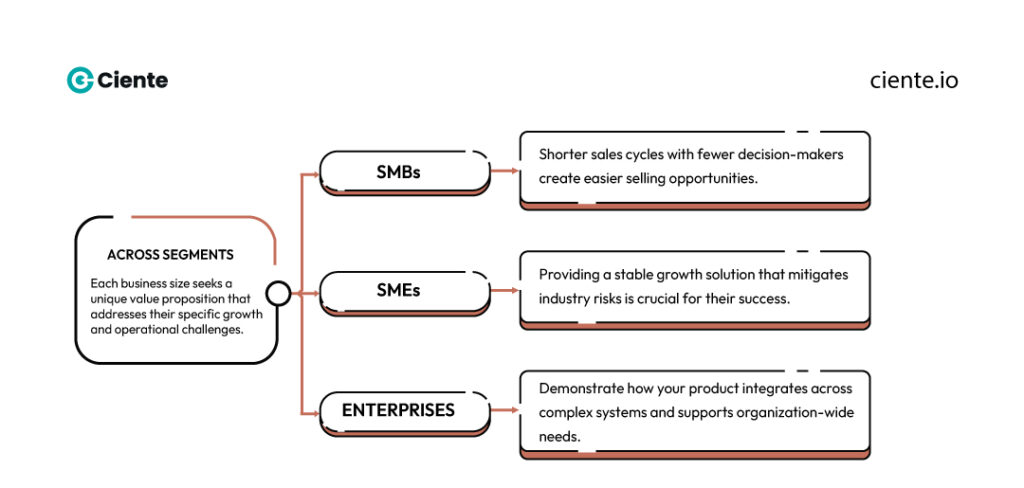
SMB (Small to Medium Business)
These are small businesses or start-ups that have just begun operations or haven’t grown past a limit in terms of employee size and revenue. Usually, SMBs have less than 100 employees.
- SME (Small to Medium Enterprise)
SMEs are tricky to define. Different countries have different definitions based on employee size and revenue. Here, an in-depth research into the buyer will provide a clear picture into
- Enterprise (Large scale organizations)
Enterprise or large-scale organizations are resource-heavy businesses. These companies are available in multiple countries and localities and employ over a thousand employees.
As you may have noticed, each organization will have different structures based on size and revenue. As such, you can personalize your pitch according to the size.
For each of the different types, let’s explore the strategy for the three types.
SMBs or (Small to Medium Business)
SMBs are the perfect place to get creative with your teams. Usually, these businesses provide a great opportunity for selling.
The process is less complex than in bigger companies as there are fewer decision-makers.
For SMBs, the advantages can be broken down like this: –
- Shorter sales cycle
- Fewer decision-makers
- More opportunities to identify a champion and get the buy-in
- Understanding your GTM strategies and testing your ICPs’ response to it
- Deployment of the demo is easier across systems.
- Sales reps can build a personal relationship with their account, helping them increase CLTV.
In short, there is ease of selling. But how can we leverage these points to close?
SMBs want to expand their business or streamline processes, but they are at risk on every corner. What SMBs want most is a tool that enables them to grow and mitigate the risks involved in their industry.
And they have limited budgets, which means they will be more aware of possible solutions and will drop ones that are more expensive or seem irrelevant. To sell to SMBs, your sales reps should:
- Research the industry in which the SMB exists and the problems surrounding that industry.
- What are the potential growth opportunities for the company in that field?
- And how does your product enable them to achieve that growth?
- Is your product in their budget range, and what is the ROI it can deliver?
- How does it integrate with their systems and existing stack?
Such questions will empower your sales teams to understand SMB requirements and provide a viable solution catering to their needs.
SME (Small to Medium Enterprises)
SMEs offer a bit more flexibility in terms of budget. SMEs are not like SMBs. Even though there is flexibility, there is a hierarchy to work with.
It is like a double-edged sword. These SMEs are not exactly full-fledged conglomerates but are edging towards it. And therein lies the secret.
Any SME wants to achieve growth in their domain. They have been a player in the industry for long. With that in mind, for growth, they must outwit competition. The advantages of an SME can be broken down into: –
- Flexible Budget
- Open to experimentation for the potential of growth
- A sizable set of users is a chance to test your product on a larger pool.
- Exposure to complex IT systems
- Increased Revenue compared to SMBs
SMEs are the primary sources of employment. Between SMEs and SMBs, the two provide 99.9% of jobs in market. And as such, they are looking for stable Y-o-Y profits. SMEs have a responsibility to maintain stability.
To sell to these, you must answer and ask yourself: –
- Make them understand the benefit of adding your product to their suite.
- What is the edge your product gives them that a competitor may not?
- They are risk averse, and you must show them how your product stabilizes their organization.
- Is your product evading or providing relief from a possible economic downturn?
- How does your product do that?
- What possible worst-case scenarios exist in their industry, and what does your product do to alleviate them?
Such inquiry will help understand the risk-averse nature of SMEs. And provide them with a solid solution that does not disrupt their status quo but adds to it, creating a stronger foundation.
Enterprise
What is an Enterprise’s main goal? In the words of Konosuke Matsushita, an enterprise exists to satisfy the people’s desire to live a life of greater abundance.
We could also say it is to provide value to their stakeholders— from shareholders to the end customer.
As such, the decision-making for enterprises is more deliberate and longer than SMBs and SMEs.
But, first, let’s talk about the advantages of Enterprises.
- An Enterprise is a shark because of its ability to pay hefty sums for a great solution
- That means an increased CLTV
- They can experiment with their stack to see what works and are more open to dialog.
- More chances to upsell and cross-sell due to higher budgets
- Building brand credibility because of their name
An enterprise provides a hefty benefit. But they seek a product that creates a unique edge; an innovation.
To sell to the enterprise, a sales strategy calls for: –
- Making the buyer understand the value it builds for its stakeholders. Enterprises care about the bottom line for their customers and shareholders.
- The enterprise buying committee has 8-11 members. Identifying and reaching them via ABM with marketing teams is necessary.
- Does the solution make their processes easy? And does it help with collaborative efforts across the organization?
- What integrations does the product support?
- Is your product intuitive for a large organization and people at every level?
- Or is it a specialized tool only for a few skilled employees?
- If yes, how does the product enhance the productivity of the skilled users?
Selling to an enterprise is a satisfying experience. But it takes patience and time, more so than the two smaller segments. But the returns are sweeter. And not just for your sales team but the entire organization.
The depth of sales is found in tailoring the experience to the buyer.
Buying has become complicated. Because of the frictionless B2C experience in their day-to-day life, buyers expect more.
They want to be catered to uniquely. And salespeople are primed to do that. They are the modern consultants who will guide their buyers to success and growth. Leaders and sales teams must understand that sales are the guardians of profits for any organization.
By understanding the nuances of organizational sizes, a sales team can position their solution as the only one capable of solving their particular problems.
And Ciente.io understands this complex interplay of sales and orchestrates an experience for your buyer. We enable leaders and organizations to streamline their marketing and sales processes for increased success.


